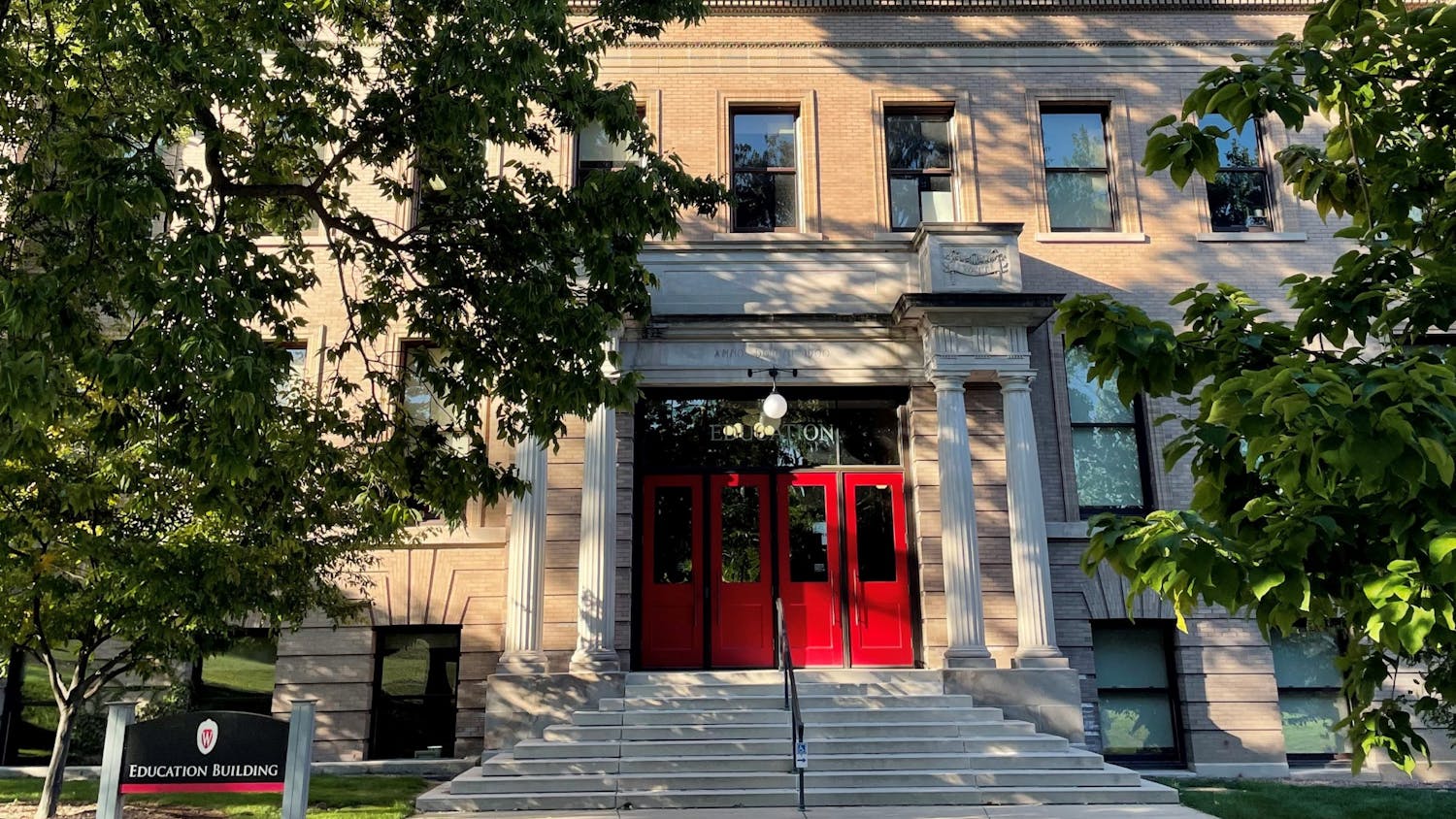Gov. Scott Walker’s recent budget announcement revealed $181 million of increased funding for the University of Wisconsin System. Despite this large influx of money for the UW System, his budget proposal has found its detractors, mainly about one point in the Governor’s plan.
Walker’s new budget, with all of its new money for the UW System, also removes the tuition cap. Under the old tuition cap, tuition rates could not rise more than 5.5 percent per year. As recently as 2004, tuition rose 14.3 percent when there was no cap restricting rapidly growing tuition.
The thinking behind maintaining a tuition cap is simple. Keeping the tuition low increases the amount of people who can be educated in the UW System. More people getting educated is objectively good for a bunch of reasons. Keeping the cost of education attainable for the largest amount of people is a simple and admirable goal. Unfortunately there is no magic policy where achieving a university degree is completely attainable for all Wisconsin citizens. Wisconsin needs to find a policy that maximizes the amount of residents who can get educated, and to do that legislators need to look beyond tuition.
The economics behind a tuition cap, or a price ceiling, are well understood. Setting an artificially low price for a product increases the demand beyond what a producer can reasonably produce at that artificially low price point. This leads to large unfulfilled demand (people being rejected from the UW System) and a lower amount of supply in the market overall (either fewer students being educated or less resources going toward students).
Although the above points are more clearly understood for a simple commodity, the lesson of price ceilings can still be applied to public secondary education. The UW System’s public funding certainly differentiates it from a normal product but it does not make the lessons from price ceilings on commodities inapplicable. If the UW System has an artificially lower price and its tuition income is less than the money it spends, then the state ends up absorbing the cost one way or another. However, the UW System is just as likely to face another cut in funding as it is another increase in funding.
When a new round of cuts sweep through the statehouse, if tuition and rainy-day funds can’t cover the losses, then faculty will face lay offs or less wage increases and students will eventually eat the losses in the form of a worse education. This is on top of the effect a price cap would have on lowering the amount of students the UW System could educate each year. Tuition caps seem a simple way to step toward a simple goal. However, their implications across the UW System would need to be balanced by a large amount of careful legislation and budget measures to ensure that education quality and the amount of students don’t drop.
A tuition cap does a good job of keeping tuition rises in check, but it does a terrible job of giving more people the ability to receive a secondary education. In order to maximize the original goal, university administrators need to first look within the system and then to the statehouse.
First, more needs to be done with less. It’s the cliche of post-great-recession United States, but it’s also good and hard advice. Improving budget transparency is an easy first step in this process, but beyond this recommendation there are no easy steps. This board wants to see fewer administrators and more TAs and professors, but cutting overhead can sometimes decrease efficiency instead of increase it.
Outside of the UW System’s control are factors such as education and opportunity gaps. Students that are financially or geographically well off get set up with SAT/ACT prep classes, good college advisers and personal statement workshops, while others have to handle the college application process more or less alone. There is a lot of scholarship money and student aid to be had, but learning what you’re eligible for and how to apply can be difficult and overwhelming if you’re on your own. Students also need to be managed through the initial sticker-shock phase of college applications. By using loans and aid money, many potential students can reach beyond what they initially thought feasible (whether or not taking on large amounts of student debt is a good move is a topic for another column).
Within the statehouse, more money needs to go toward aid for students. Walker’s budget takes good steps toward this goal by increasing aid dollars and increasing the Higher Education Aids Board budget, but underfunding public high school systems cuts the legs out from under these increases to available aid. The UW System and its student representatives need to remember the goal isn’t to keep tuition from increasing more than 5.5 percent a year, the goal is to make attending the UW System a more attainable target for more people. These goals are related, but they are not the same.
Please send all feedback to opinion@dailycardinal.com.





